Are you a proud owner of vibrant coreopsis (tickseed) plants in your garden? If so, you might find yourself pondering a common gardening question: “ To deadhead, or not to deadhead?”
We’re here to unravel the coreopsis deadheading mystery and guide you through your inner debate.
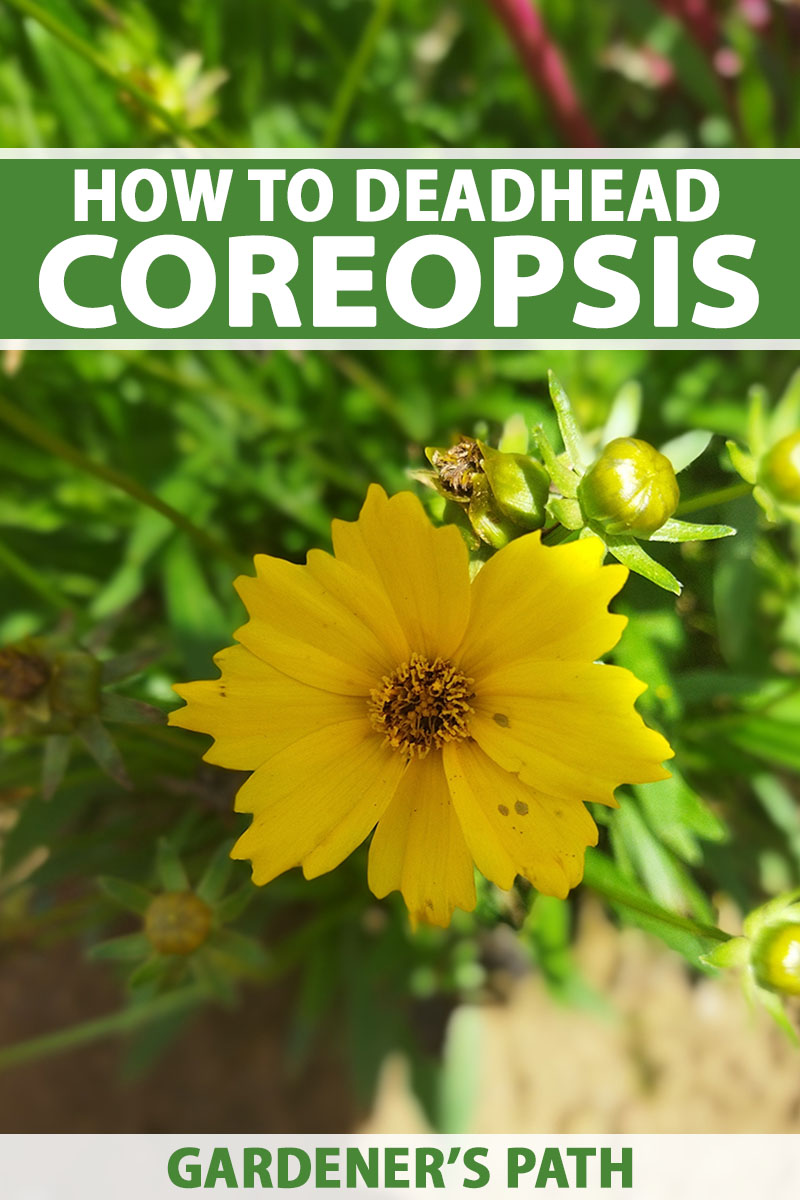
We link to vendors to help you find relevant products. If you buy from one of our links, we may earn a commission.
So, grab your gardening gloves and prepare to embark on a journey into the world of coreopsis deadheading.
Get ready to discover whether these charming flowers thrive with a little snip-snip or if they prefer to keep their spent blooms intact.
Here’s a quick preview of everything we’ll be going over in this guide. Why don’t we cut right to it?
What You’ll Learn
Do I Really Need to Deadhead Coreopsis?
Attention, fellow green thumbs! I have a joke that’s bound to bring a smile to your face because of how bad its going to be. Are you ready? Here it is:
Why did the gardener refuse to become an executioner? Because he didn’t want to be known as a “be-heading” enthusiast, only a “deadheading” expert! And that’s the joke for today!
Hopefully, that was as good as I thought…
Well, even though that may have been awful, let’s dive into the topic at hand.

To quickly answer your initial question, yes, coreopsis should be deadheaded. This practice promotes reblooming and is worth every bit of effort.
It’s like giving your coreopsis a VIP ticket to the flower party of the year. Deadheading, my gardening friend, is the ultimate plant pampering session that guarantees a front-row seat to a spectacular floral show.
Trust me, every single moment you spend deadheading is an investment in the next coreopsis flower explosion.
Just like with any flowering plant, the blooms will eventually die.
Getting rid of spent flowers is key to helping the buds and new healthy blooms flourish as well as helping to stop unwanted self-seeding.
Deadheading prevents the spent flowers and stems from taking all the energy up from the parts of the plant that need it the most, the buds and fresh flowers.
Snipping the spent flowers can help extend the blooming period and improve the overall attractiveness of these perennials.
So, grab those gardening shears, and let’s begin.
When and How Often Should I Deadhead?
Removing spent flowers can keep the plant reblooming through summer and fall, helping to ensure a full display throughout.

When it is time to deadhead, trust me, you will know. The flowers will start to fade and wither. As soon as you notice that the blooms have lost their vibrancy, you can remove them.
It’s up to you whether you want to do this continuously or wait until most of the blooms have faded and do it all at once.
The frequency of deadheading you do may be tailored to your desired aesthetic and the growth habits of your specific coreopsis variety – such as height and size, flowering pattern, and branching and stem structure.
What do I mean by this?
Coreopsis varieties display a range of growth habits. Some types grow low to the ground, forming compact mounds, while others reach taller heights with more upright or sprawling habits.
Additionally, these perennials can exhibit diverse flowering patterns. Some varieties produce flowers continuously throughout the growing season, while others have distinct flowering periods or cycles.
Furthermore, coreopsis varieties vary in branching and stem structure. Some boast bushy and well-branched growth habits, while others feature more solitary or sparsely branched stems.
So, when it comes to when and how often to deadhead, it’s important to keep in mind the characteristics of the specific variety you are growing.
As a confidence booster, whenever you get the nudge that it is time to give your coreopsis a plant cutback, trust that your inner gardener intuition will know when and how to take over.
How to Deadhead
Deadheading is just the removal of wilting flowers.
In other words, pruning dead flowers from the plants and snipping off spent flower heads to help to encourage reblooming and make the plant look tidy.
You can choose to deadhead by removing both the spent flower and its stalk or simply pinching off the spent bloom.
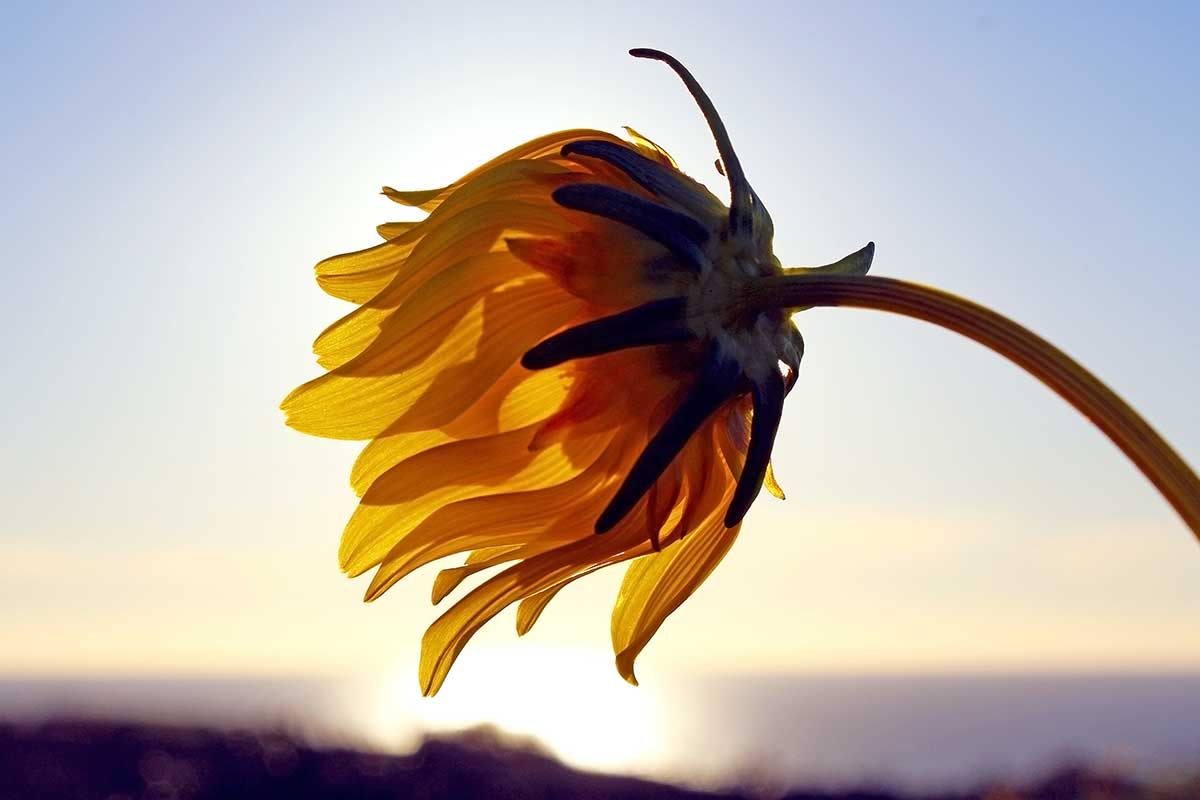
Whether you choose to cut back the entire stem or just snip off the flowers comes down to personal preference.
It is important to remember that there is no one correct method or approach.
Both methods can be effective in encouraging new growth and promoting continuous blooming, and you can experiment with both techniques to see which works best for you and your plants.

However, if you have a particular aesthetic goal, there are a variety of ways that you can create a more textured appearance and add visual interest to the plant.
I understand what you might be thinking. Aesthetics? How does aesthetics relate to deadheading? When it comes to deadheading coreopsis, aesthetics play a significant role in guiding the choices you make.
For instance, some gardeners prefer a dense and abundant display of blooms, so they selectively deadhead, removing the most faded or unattractive flowers and stems while leaving the majority intact. This approach helps the plant maintain a full and lush appearance.
Pinching the flowers instead of cutting the stem can result in a slightly more natural and casual appearance.
It can give the plant a more relaxed and informal look, as the stems are left intact and untouched. This method can be suitable if you prefer a garden with a wildflower or cottage-style aesthetic, where a slightly untamed and free-spirited look is desired.
On the other hand, coreopsis flowers have a relatively long lifespan compared to some other plants.
If you appreciate the beauty of the mature seed heads or enjoy the additional interest they bring to your garden, you may choose to deadhead some and leave other spent blooms intact.
Allowing some flowers to remain on the plant to mature and develop seeds can add a unique visual element and attract birds and other wildlife. This too is for gardeners who embrace a more natural or wild appearance.
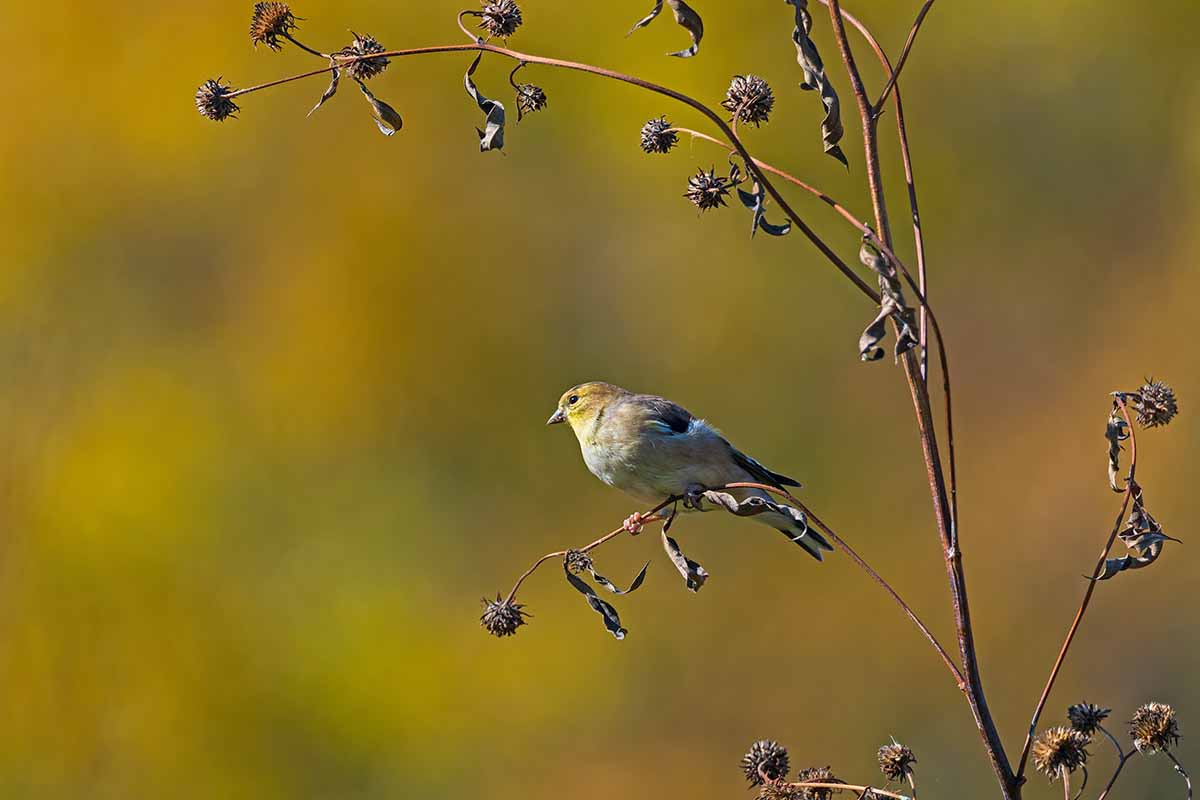
Ultimately, the desired aesthetic is a matter of personal preference. By considering your preferred style, you can adjust the extent of deadheading accordingly and achieve the desired visual effect for your garden.
If you reach a point in the summer or fall where you no longer wish to deadhead your coreopsis plants, you also have the option to leave them alone and allow them to go to seed.
This decision not only adds aesthetic appeal to your garden but also provides a valuable food source for birds during the winter months.
By embracing the seed production, you can contribute to the cycle of life in your garden while enjoying the beautiful blooms and supporting local wildlife.
Alternatives to Deadheading
In addition to – or instead of – deadheading, there are alternative pruning techniques that can be employed to promote continuous blooming and maximize the overall bloom time of coreopsis.
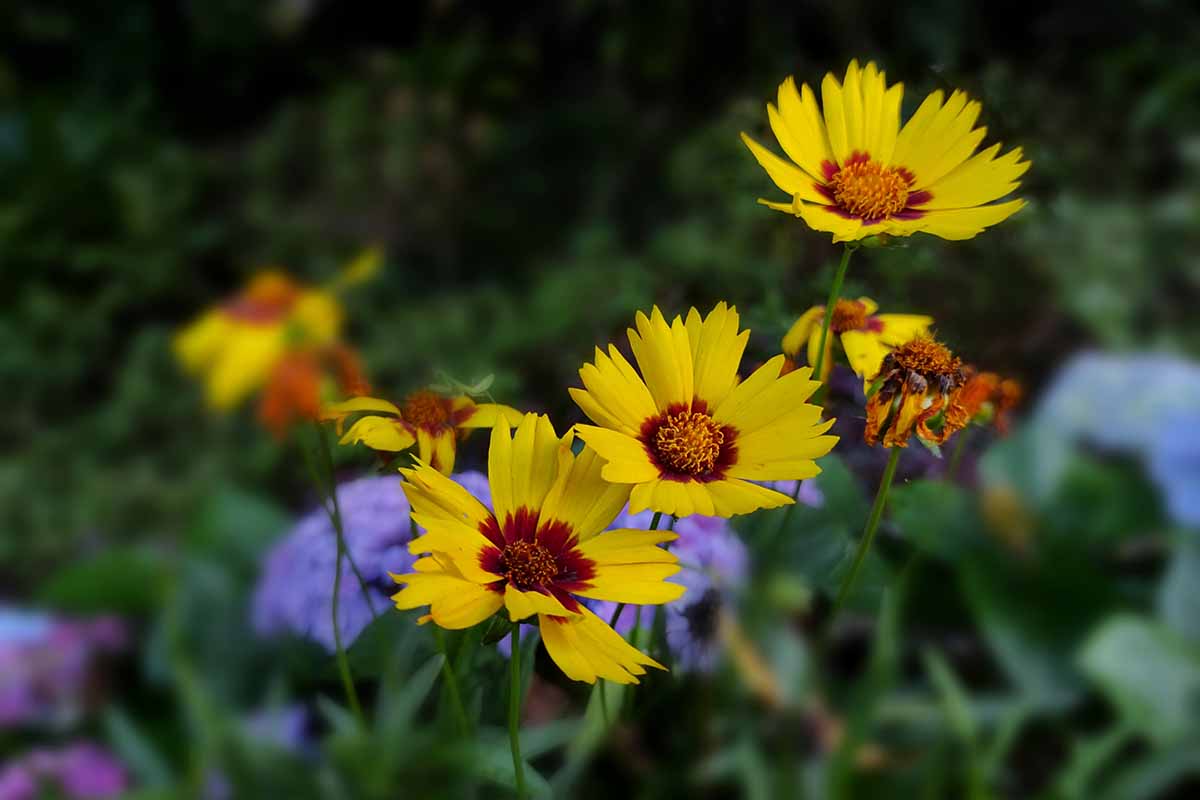
Two effective methods to consider are shearing and the Chelsea Chop technique.
Shearing
If you have a large stand of tickseed flowers or simply lack the time to go out and deadhead each bloom individually, then shearing the plants is an alternative approach that will encourage reblooming.
Shearing involves cutting the plant back after flowering to a few inches above ground level, leaving about two to three inches of stem above the soil.
By making cuts just above a node with a leaf and bud, you encourage the plant to branch out and produce more flowers over a longer period. The buds are usually hidden underneath foliage.
This process removes spent flowers, promotes a more compact growth habit, and stimulates new growth from the base of the plant, encouraging continuous blooming.
To perform shearing, all you need to do is take some shears and make your cuts!
The Chelsea Chop
Another technique used by some gardeners is the Chelsea Chop. This method is used in spring and generally involves cutting the stems back by a third or half of their height.
You can choose to either cut all the stems back or to just cut some of them, leaving others intact, helping to extend the flowering period.
By incorporating shearing and the Chelsea Chop into your plant care routine, you can help to maintain continuous blooming, rejuvenate the plant, and extend the vibrancy of your coreopsis in the garden.
Learn more about the Chelsea Chop in our guide.
Deadheading Tips
- Make sure tools are cleaned and sanitized before and after use.
- You can use sharp, clean pruners or scissors to make your cuts.
- Be mindful not to leave any dead flowers on the ground, as they can attract pests or contribute to disease spread.
- Consider composting deadheaded material whenever possible to recycle organic matter.
The Final Nip, Clip, and Snip
With your newfound knowledge, pruning shears in hand, we hope you have gained the answers you need to put an end to your debate on deadheading coreopsis, choosing to say goodbye to faded flowers and hello to a continuous display of vibrant blooms.
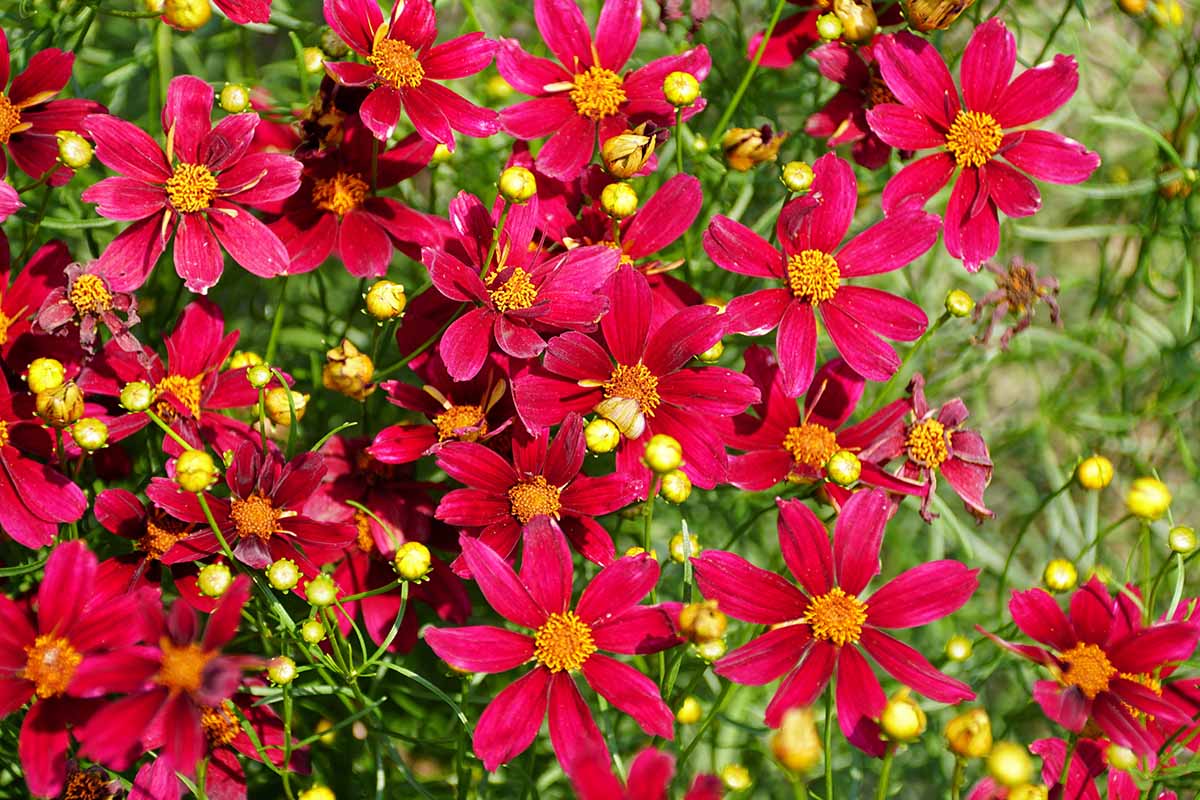
Remember, the journey doesn’t end here, it is just a transition. With each delicate snip there is a promise of the colorful blooming of tomorrow.
Please feel free to share your experience with deadheading your coreopsis and any lingering questions in the comments below.
Interested in learning more about growing coreopsis plants? Read these guides next:


